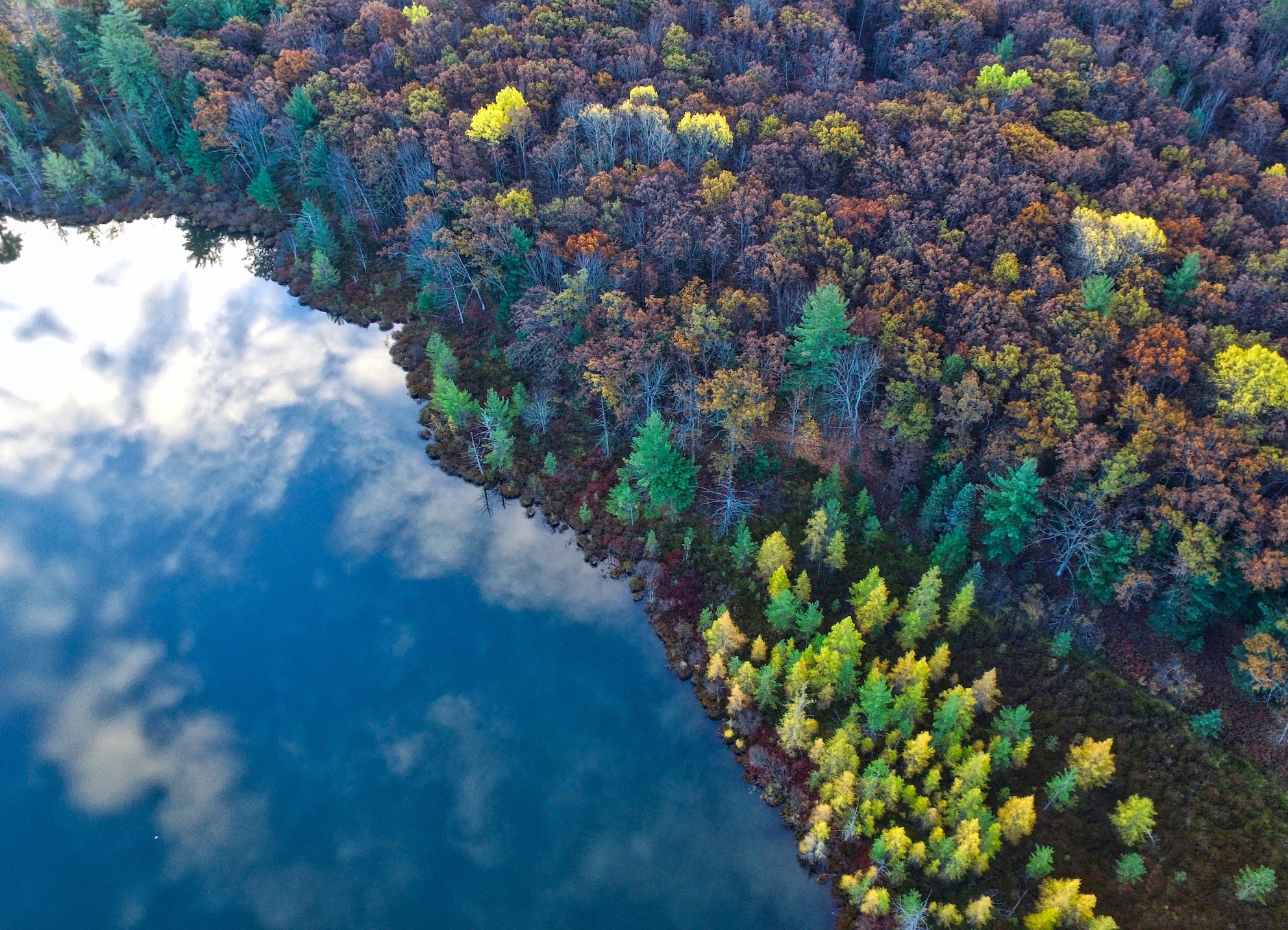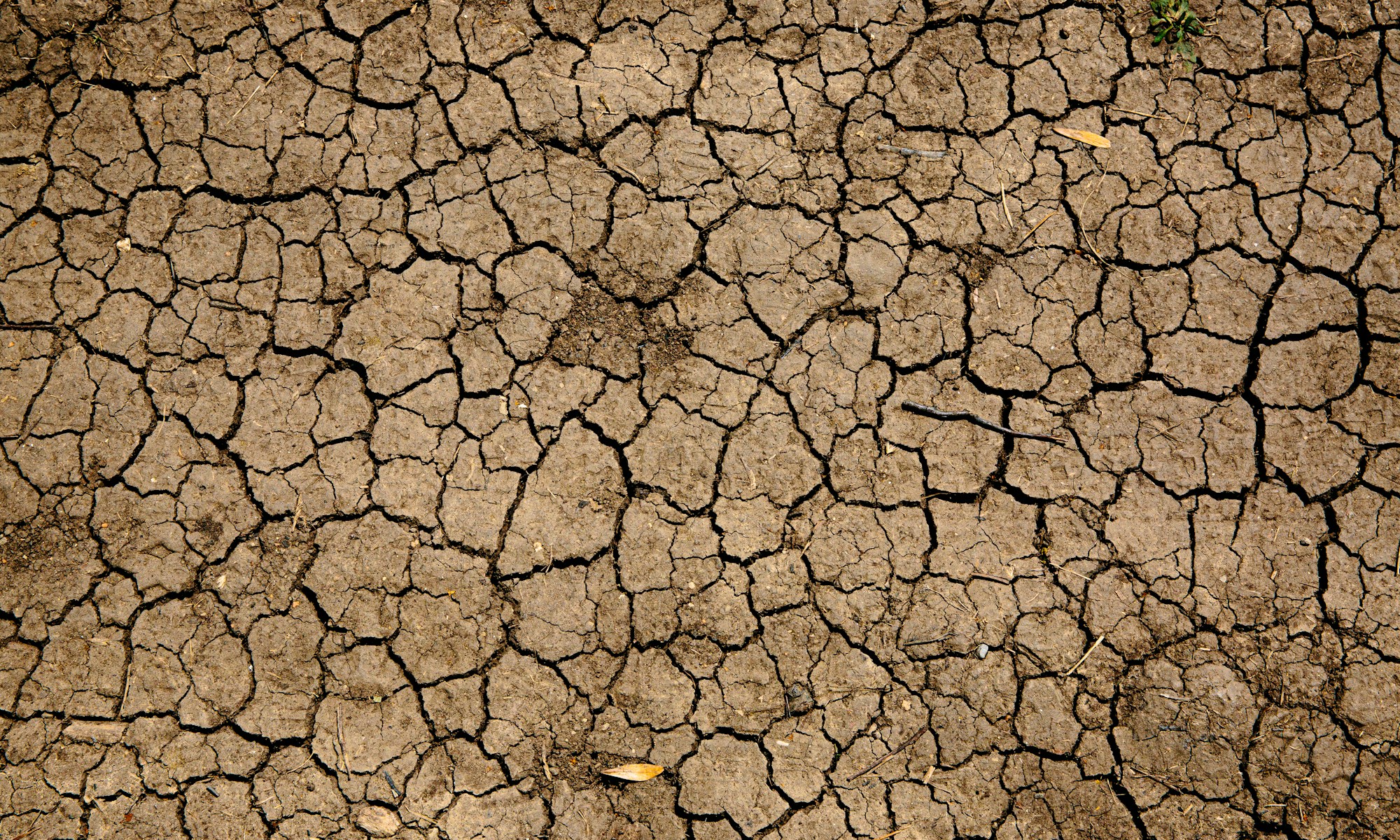23 September 2021 – by Shambhavi Kant
It is well known that during times of conflict, women and girls face increased violence and discrimination. The same can unfortunately be observed when people are forcibly displaced or forced to migrate due to extreme climate change and natural disasters. It has been reported that if global warming is not limited to 1.5 degrees Celsius, forced displacement will be one of the most detrimental realities faced by already-vulnerable communities. Climate change is causing more frequent and intense weather events resulting in mass migration and displacement.
By the end of 2020, extreme weather conditions left around 55 million people internally displaced. The situation is projected to worsen by 2050, when approximately 150 million people will be displaced. Despite the bewilderment, destruction, and panic that people face as a result of climate change disasters, women and girls arguably shoulder a bigger burden that forces them to migrate for survival.
Why are women more vulnerable to the impact of climate change?
The vulnerability of women to the effect of climate change stems from various social, cultural, and economical factors. Women and girls constitute a major portion of the population living in poverty that are highly dependent on natural resources for their livelihood. This is especially so in rural areas where women are solely responsible for fetching water, collecting wood for cooking, heating, and various other household activities.
Moreover, the combination of deep-rooted and prevalent socio-cultural norms, restricted livelihood options, and limited or wholly precluded access to technologies and information bars the adaptive capacities of displaced women and girls. Women and girls are often denied the right to education and are forbidden from participating in public spheres or occupying decision-making roles. Consequently, women are less likely to receive important information that enables appropriate emergency responses, further limiting their right to adapt once they have been displaced.
On the other hand, socio-cultural norms and gendered responsibilities in various communities actually avert women from migrating to other places during times of calamity. This has the potential to increase the vulnerability of women if they are forced to stay in a place where resources are scarce. This leads to women being forced to travel long distances in search of basic necessities such as food and water, exposing them to the risk of sexual harassment, violence, and assault during the journey.
The gendered impact of climate migration on women
The negative effects of climate change on communities around the world have made the increased risk of gender-based violence a matter of significant concern. A study conducted by the International Union for the Conservation of Nature (‘IUCN’) found climate change to be a catalyst for gender-based violence.
A spike in the extreme effects of climate change has resulted in scarcity of resources. As a result, communities have been forced to migrate from one place to another in search of a better quality of life, which deepens pre-existing gender inequalities. Gender-based violence against women is often used as measure for reinforcing control over remaining resources. For instance, it has been reported that in eastern and southern Africa, particularly in Kenya, fishermen have refused to sell fish to women who do not agree to engage in sexual intercourse with them. This practice is known as the Jaboya System.
Child brides, human trafficking, and health issues
Specifically, the paucity of food and water caused by climate change has also created a host of other social issues. First, a new generation of child brides has been raised, in Malawi and Mozambique, because families are no longer in a position to feed or educate several children. In an attempt to avoid this problem, parents often marry (or perhaps sell) their daughters, to any man, at a young age. Child marriage clearly impacts the physical, mental, and sexual well-being of a child and is an abhorrent violation of children’s rights.
Second, climate change and natural disasters have exacerbated the issue of human trafficking. Women and girls are often trafficked for sexual exploitation, forced labor, and beggary amongst other reasons. Most of those who fall prey to trafficking are migrants and asylum seekers. The UN Environment Programme has observed a 20-30% increase in the incidents of trafficking following natural disasters.
Third, women and girls displaced by climate change and natural disasters are more likely to face severe health issues. Due to limited access to basic health-care services and sanitary products, women and girls face an increased risk of contracting life threatening diseases and infections. This has been observed in several countries. For instance, in 2019, Cyclone Idai resulted in the displacement of thousands of people in Mozambique, Zimbabwe, and Malawi. Even today, these displaced women and girls remain without access to proper healthcare facilities. For these reasons, climate change should be considered a women’s rights issue.
Conclusion
In 2018, the Committee on the Elimination of All Forms of Discrimination against Women (‘CEDAW’) established the General Recommendation No. 37 on Gender-related dimensions of disaster risk reduction in the context of climate change (‘GR37’). This was the first time that a United Nations body addressed the connection between climate change and human rights, and focused on the gendered impact of climate change. GR37 elucidates that State Parties can and should be held accountable for the negative impact of climate change on women and girls.
Prevalent gender inequality has resulted in miserable conditions for women and girls as the result of climate change and subsequent migration. Violence against women is an impediment to conservation and sustainable development. For instance, it has been reported that sexual violence and exploitation are being used to prevent women from participating in ecosystem restoration activities. The improvement of women and girls’ adaptive capacities to climate change is of paramount importance as its effects can and do deepen existing gender inequalities. As women continue to have less opportunity to mitigate and cope with the effects of the climate crisis, there remains a dire need to take stringent action to ensure their safety and well-being.
For these reasons, adaptation initiatives designed to identify and address the gender-specific impacts of climate change, along with representation of the needs and demands of women in restoration planning are required to safeguard the interests and rights of women and girls.

Shambhavi Kant is a third year law student at Rajiv Gandhi National University of Law, Punjab. She is extremely interested in the field of Human Rights and likes to write about similar topics.


